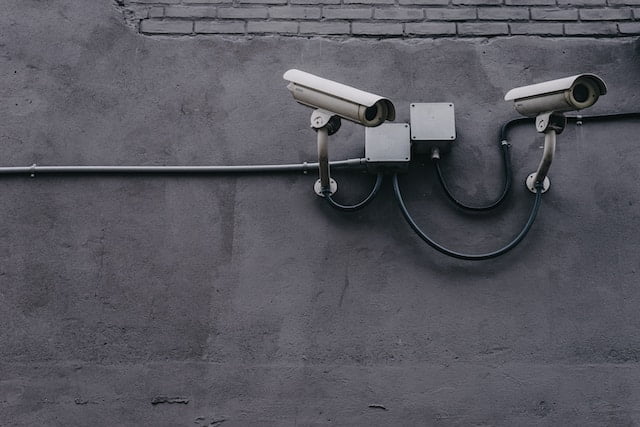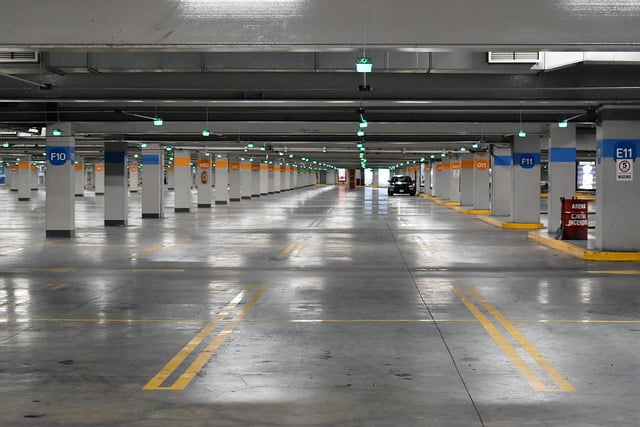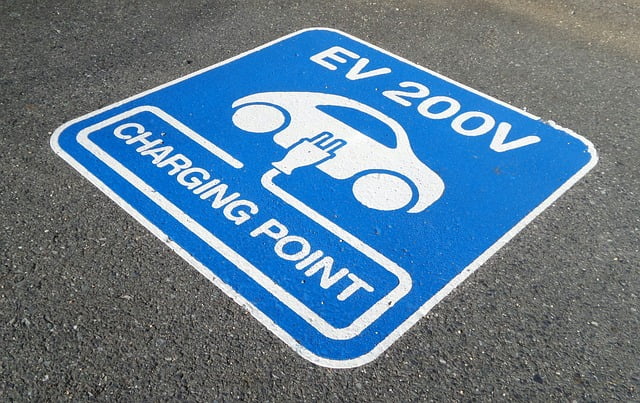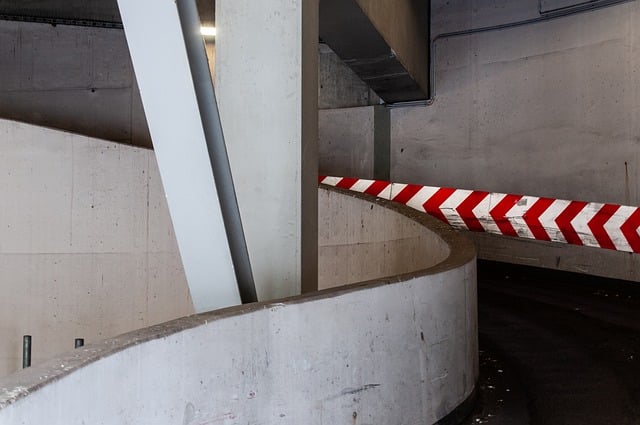Must-Have Features for Car Park Facilities in High-Rise Residential Buildings in Malaysia
In Malaysia, the rapid urbanization and increasing population density have led to a surge in high-rise residential buildings and condominiums. With this vertical expansion comes the necessity for efficient and well-designed car park facilities within these structures. In this article, we will explore the must-have features that such car parks should incorporate to meet the needs of Malaysian residents.
1. CCTV Surveillance and Security Measures
Ensuring the safety of vehicles and residents is always the top priority in car park facilities. Installing CCTV cameras throughout the parking area can deter theft, vandalism, and unauthorized access. Other robust security measures should be implemented too, such as access control systems and regular patrols. This proactive approach to security instills confidence in residents and creates a secure environment for their vehicles.

2. Adequate Lighting and Energy Efficiency
A balance between adequate lighting and energy efficiency is essential for car park facilities. Well-lit areas deter criminal activities and enhance safety for both vehicles and residents. However, it is equally crucial to implement energy-efficient lighting solutions to minimize electricity consumption and reduce environmental impact. LED lighting, equipped with motion sensors, can be employed to illuminate specific areas only when needed. It can help to optimize energy usage without compromising safety.

3. RFID Barricade
One crucial feature of car park facilities in high-rise residential buildings is an RFID barricade system. This technology eliminates the need for manual card scanning. Residents no longer need to wind down their car windows and flash their access cards at the entry point. It offers a seamless entry and exit for residents. Additionally, RFID systems can help to enhance security by restricting unauthorized access, thereby ensuring the safety of residents’ vehicles.
4. EV Charging Stations
With the growing popularity of electric vehicles (EVs), integrating EV charging stations into car park facilities is becoming increasingly important. By providing dedicated charging points, residents who own EVs can conveniently recharge their vehicles while they are parked, promoting sustainable transportation options and reducing carbon emissions. However, integrating EV charging stations presents its own set of challenges. Management must carefully strategize the allocation of these stations, as providing one for every single unit owner may not be financially feasible. Therefore, a balance must be struck to ensure adequate access for EV owners while considering the overall cost-effectiveness of implementation. Efficient utilization of resources and strategic placement of charging stations are essential to meet the needs of EV owners within budget constraints.

5. Designated Motorcycle Parking Areas
Incorporating designated motorcycle parking areas within the car park facility is essential to accommodate the needs of residents who use motorcycles for transportation. These designated areas should be strategically located, easily accessible, and equipped with adequate security measures to ensure the safety of motorcycles and their riders.
6. Designated Visitor Parking Areas
Designated visitor parking areas play a crucial role in the overall functionality of resident car park facilities. Ensuring an adequate number of parking slots for visitors is extremely important. It can facilitate convenience for guests and minimize the inconvenience for residents. These designated areas should be strategically located near building entrances and equipped with clear signage for ease of identification. By providing sufficient visitor parking spaces, residential management fosters a welcoming environment for guests and enhances the overall experience of residents and visitors. Moreover, it helps maintain orderliness within the parking facility. It can also help to avoid potential conflicts over parking availability, especially when visitors accidentally park their vehicles in designated resident parking areas.
7. Emergency Response and Safety Measures
Preparing for emergencies is crucial in any parking facility. Installing emergency call boxes, fire extinguishers, and marked evacuation routes can help mitigate risks and ensure prompt response in case of accidents or emergencies. Regular drills and training sessions for staff and residents further enhance preparedness and safety awareness.
8. Efficient Ramp Design
Efficient ramp design is important for resident car park facilities. It can help to minimize congestion and enhance traffic flow. Thoughtful planning of ramp layout and gradient is essential, as it can significantly reduce the requirement for drivers to maneuver through multiple levels or encounter sharp turns. This optimization not only enhances space utilization but also greatly improves user convenience, ensuring a smoother and more efficient parking experience for residents.

9. Rainproof Open-Air Design
In Malaysia’s tropical climate, where heavy rainfall is frequent, car park facilities must be designed to withstand inclement weather conditions while maintaining an open-air environment. A rainproof open-air design allows natural ventilation to flow freely, preventing the formation of stagnant water pools after rain showers. By incorporating strategic drainage systems and covered areas, developers can ensure that residents can access their vehicles comfortably regardless of weather conditions.
10. Well-Planned Corners and Ventilation
To mitigate the risk of accidents and damage to vehicles, car park layouts should feature well-planned corners. Sharp turns increase the likelihood of collisions between vehicles, especially in cramped spaces. By designing wider turning angles and incorporating rounded corners, developers can ensure smoother navigation within the car park, reducing the risk of accidents and enhancing the overall user experience. Additionally, adequate ventilation is essential to prevent the buildup of exhaust fumes and maintain air quality within enclosed parking structures. However, when installing ventilation systems or fans, it is crucial to ensure they do not obstruct space or pose a hazard to pedestrians and residents passing through.
Conclusion
In conclusion, car park facilities within high-rise residential buildings in Malaysia must incorporate a range of features to ensure convenience, safety, and efficiency for residents. From RFID barricades to various security measures, each element plays a crucial role in enhancing the overall user experience. By prioritizing these must-have features, developers can create car park facilities that meet the evolving needs of Malaysian residents in the face of urbanization and population growth.